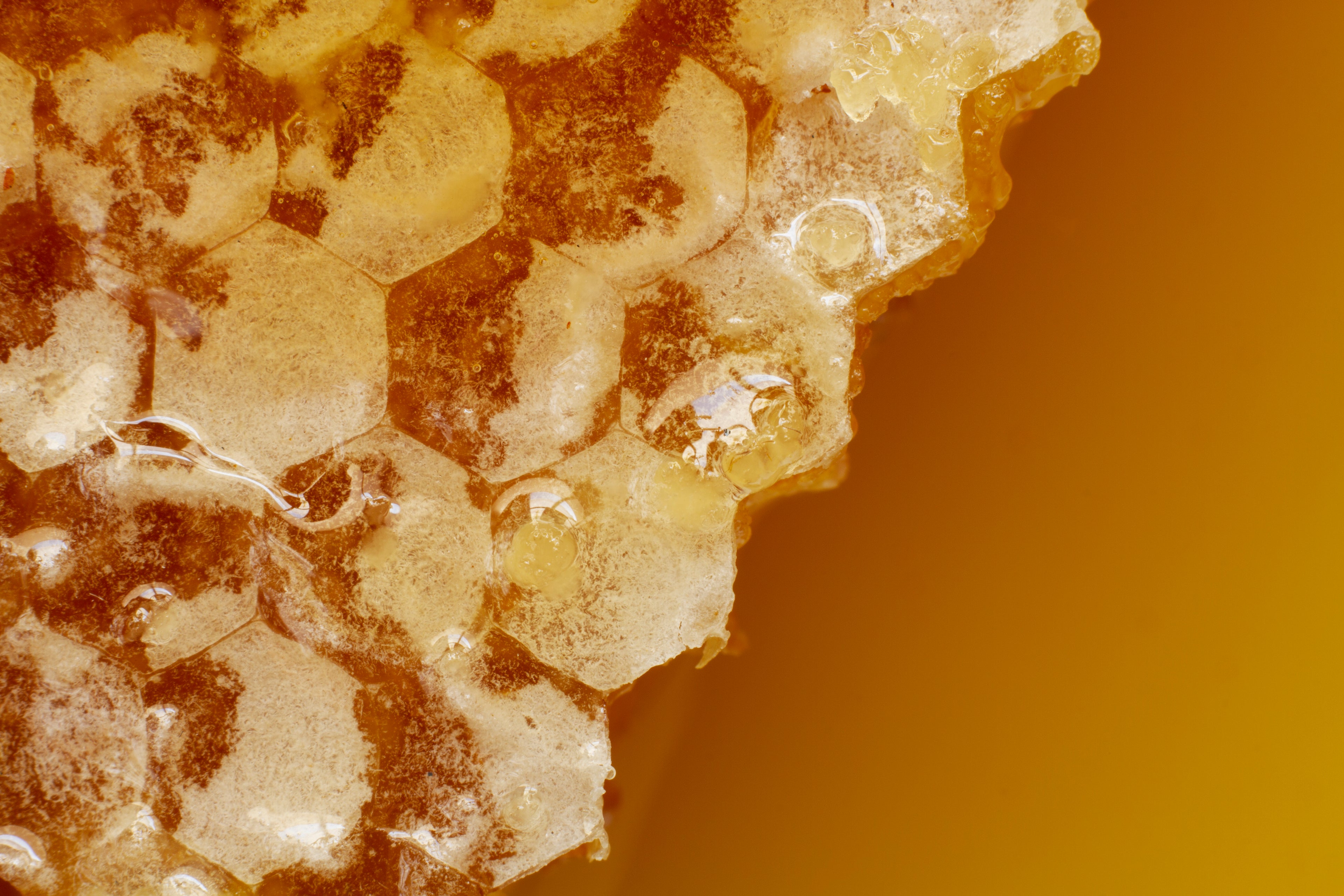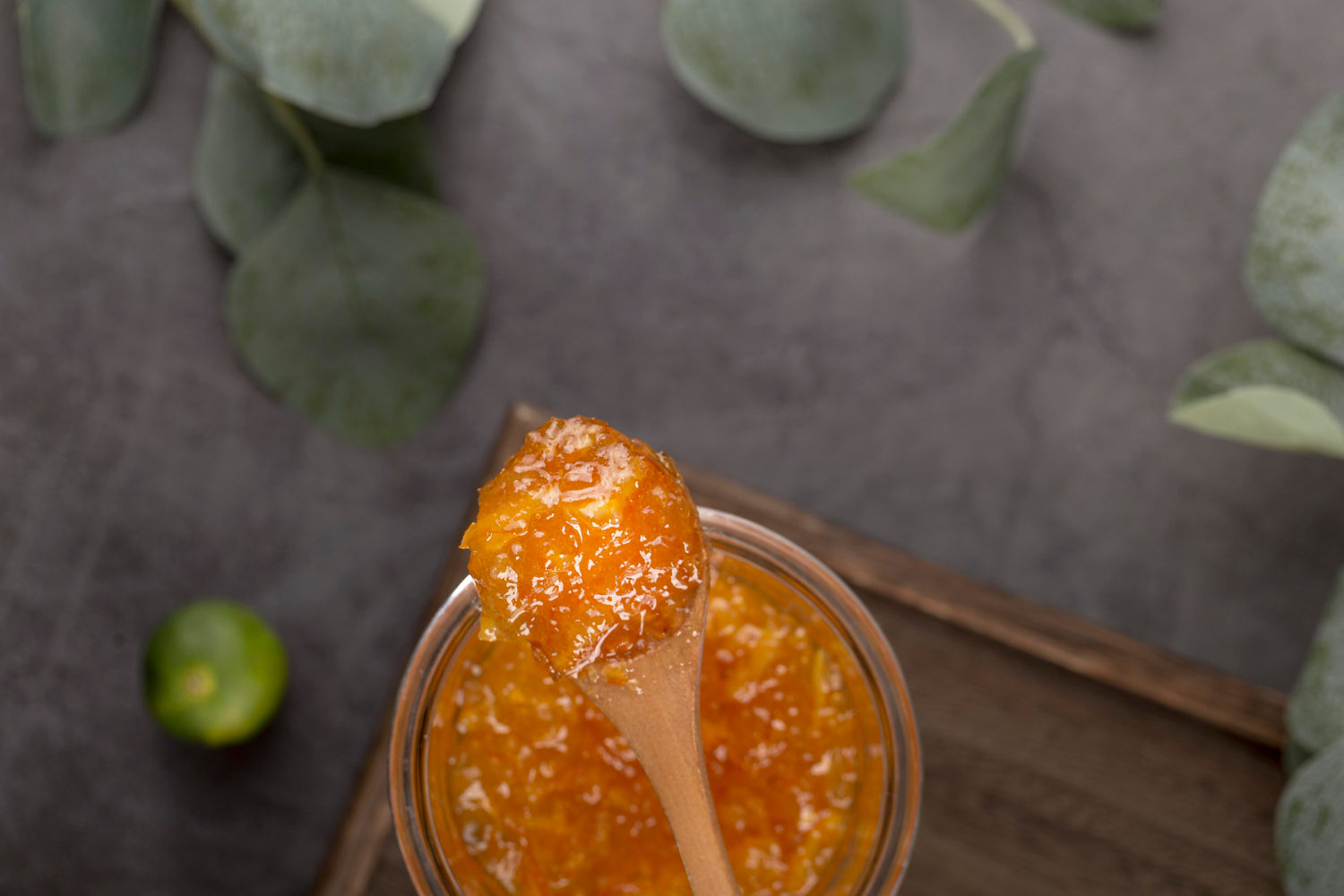
CRYSTALLIZATION
It Happens! Get over it
Curiosity strikes as your honey appears hazy. A moment of surprise as you notice tiny flecks drifting near the jar's base. And what's that unappetizing residue forming on the surface? A natural reaction may be to recoil, assuming the honey has spoiled. Consequently, you may consider discarding it, deeming it unfit for consumption. But we ask you to stop right there and here is why...

What is Crystallization?
Honey is a concentrated sugar solution with an unstable nature due to it's sugar content. The glucose component is responsible for crystallization, forming crystals that sink to the bottom of the jar. As more glucose separates from the water in honey, it attaches to pollen grains or air bubbles, creating a thick and grainy texture. Meanwhile, fructose remains soluble, keeping the honey viscous. The ratio of glucose to fructose determines the speed of crystallization, with higher glucose levels leading to faster granulation.

Factors
In addition to the honey's chemical composition, temperature plays a significant role in crystallization. It is advisable to store honey in a sealed container at roughly room temperature. Alternatively, honey can be refrigerated, but this may accelerate the crystallization process and result in a denser texture. Freezing honey, on the other hand, preserves it without granulation, as the extremely cold temperatures prevent crystal formation.

Quality
Bottled honey typically undergoes faster crystallization compared to honey left in the comb. This is because the extraction and bottling process often introduce tiny bubbles into the honey, providing a surface for crystals to form. In the case of unfiltered honey like ours, which retains particles of pollen, beeswax, and all the other beneficial components, crystals also tend to initiate their formation on these particles. Therefore, crystallization serves as an indication that the honey you've purchased is of high quality, rich in its natural goodness.
Almost all honey crystallizes, but not all crystallization looks the same.
While some honeys crystallize evenly, others undergo partial crystallization, resulting in a solid layer at the bottom with a liquid layer on top. The size of the crystals also varies, contributing to diverse textures. Fine crystals yield a smooth and creamy spread, while larger, jagged crystals create a thick and grainy consistency. The rate of crystallization influences texture, with faster crystallization producing a finer texture overall.
Still not convinced? Try Re-liquifying Honey
The most effective method involves filling a bowl with hot water (not boiling) and placing your honey bottle in it, allowing the crystals to dissolve. Remember to occasionally swirl the jar to ensure even heat distribution. Alternatively, you can use a microwave on a very low setting, but exercise caution as high temperatures can compromise the honey's enzymes and vitamins. Moreover, excessive heat may alter the honey's color and flavor.
